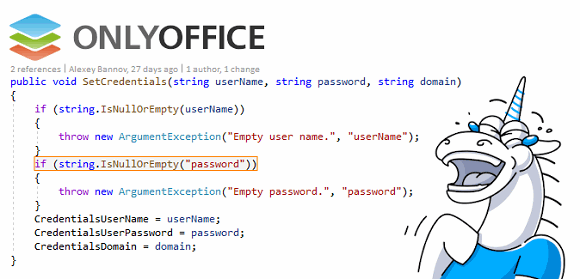Служба для управления инфраструктурой с помощью Telegram бота или infrabot.io

Пятница, закончился рабочий день. Радостный, в преддверии двух дней отдыха, а именно субботы и воскресенья, так же, как и мои коллеги собрался я и пошел домой. Добираться до дома та еще задача, так как в связи с сильным ростом заболевших COVID-19, государством было принято решение внести разного рода ряд ограничений, в том числе и ограничение временной остановки работы метрополитена, соответственно все хлынули к виду общественного транспорта – автобусам. Это в свою очередь вызвало гораздо большую переполненность самих автобусов и увеличило загруженность и без того загруженных дорог. Поэтому, если раньше на дорогу уходило 30-40 минут, то сейчас полтора часа. По очевидным причинам в автобусе тоже не разгуляться, стоишь еле стиснутый в углу, пытаешься еле удержаться, хотя и иногда, держась покрепче, не упав ни на кого, залипнуть в телефоне удается. До дома еще добираться час и 20 минут и тут поступает сообщение в общую группу IT в WhatsApp-е, о просьбе разблокировать пользователя. После быстрого ping-а коллег, с некоторыми Request timed out стало ясно, что относительно только у меня, находящегося в переполненным до упора автобусе, есть возможность подключиться и разблокировать пользователя. Проклиная все на свете, подключился через VPN с телефона, еле-еле, кое-как разблокировал пользователя в течении 10-15 минут и сразу отчитался о разблокировке в группе.
















